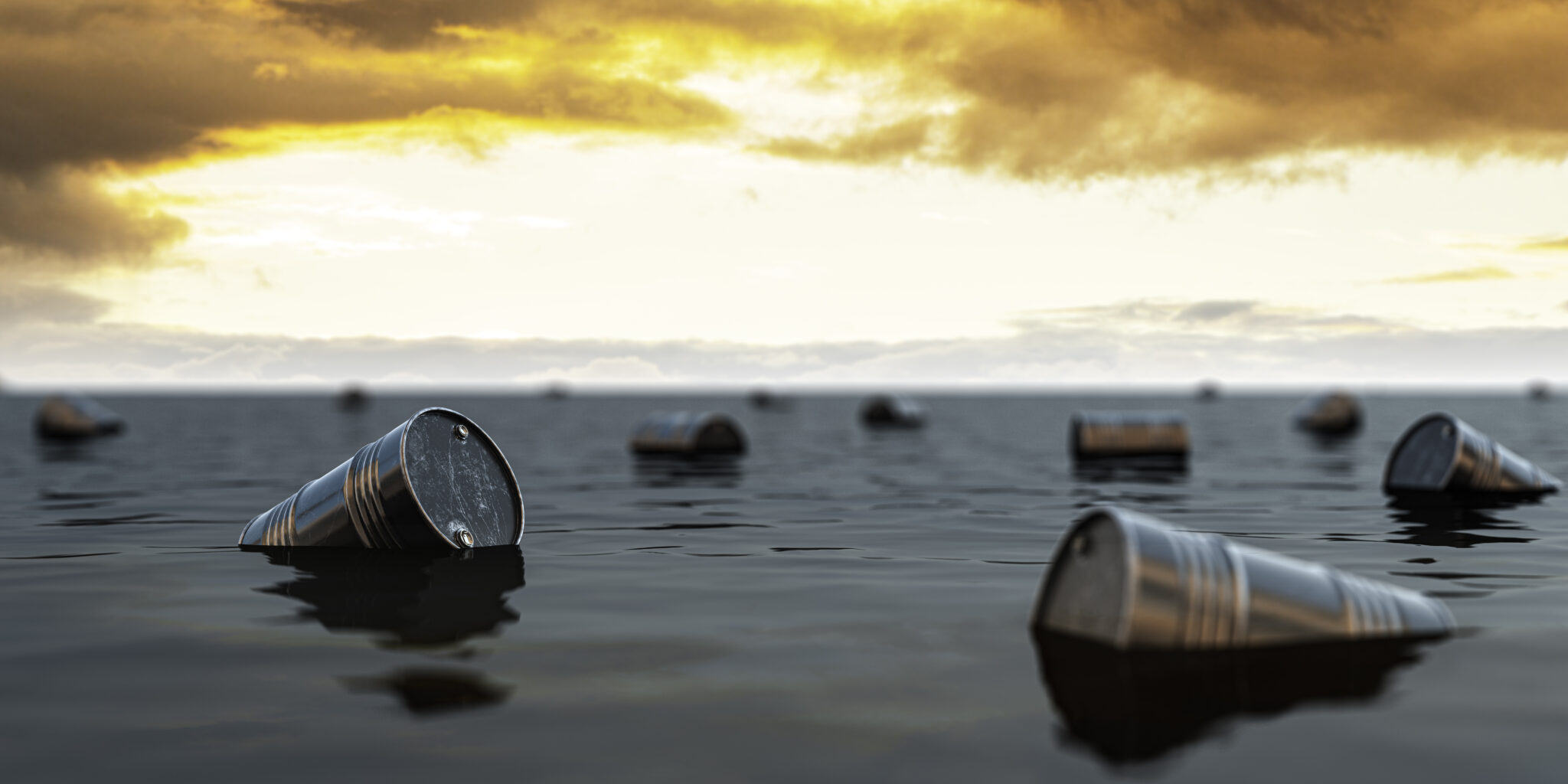IHCantabria provides a new methodology for the improvement and optimization of numerical models that simulate the concentration of oil spilled at sea.
A study developed by research staff of the Institute of Environmental Hydraulics of the University of Cantabria(IHCantabria) introduced a novel methodology to select the optimal combination of grid resolution and number of Lagrangian elements in the numerical modeling of oil concentrations in the sea. His methodology proposes an innovative approach that will allow experts to choose the optimal combination of certain parameters, seeking the ideal balance between accuracy and computational cost of the simulations.
The results of this study were reported in an article published recently in the scientific journal Marine Pollution Bulletin . The co-authors of this article are: Andrés Martínez Gómez, Ana J. Abascal Santillana, Andrés García Gómez, Germán Aragón Caminero and Raúl Medina Santamaría.
The paper provides a comprehensive analysis based on a wide range of metoceanographic conditions and spill scenarios to explore the uncertainty in Lagrangian modeling of offshore oil concentrations. Specifically, the study focuses on the sensitivity to mesh resolution and the number of Lagrangian elements, which revealed the crucial importance of these parameters.
At present, there are a large number of numerical models that simulate the transport and the behavior of the physicochemical properties of an oil spill at sea. Most of these models are based on a Lagrangian approach, which is basically based on representing the spill by the combination of a number of Lagrangian particles or elements, which move due to the effect of wind, currents, waves and turbulent diffusion. The set of Lagrangian elements represents the oil slick and is therefore the basis for characterizing its behavior at sea.
Through 211,200 simulations performed under 400 methoceanographic patterns, 6 initial spill volumes, 11 grid resolutions and different numbers of Lagrangian elements (from 100 to 500,000), the sensitivity of the model was analyzed at different “thresholds of toxicological concern”, which indicate the limits beyond which effects on the environment, biota or socio-economic activities can be expected. The results obtained in this study highlight the relevance of carefully selecting the number of Lagrangian elements and the grid resolution to improve the modeling of oil concentrations at the sea surface.
The main conclusions of this study highlight the optimal selection of parameters, the importance of accuracy and the trade-off between accuracy and computational cost. Because the study offers a novel methodology for selecting the most effective combination of mesh resolution and number of Lagrangian elements in the modeling of offshore oil concentrations, seeking a balance between accuracy and associated computational cost.
Ultimately, this study represents a significant advance in understanding the uncertainty associated with Lagrangian modeling of oil concentrations spilled at sea. These advances will significantly improve the accuracy of oil spill models in terms of concentration, which will have a significant impact on the management of risks associated with offshore oil spills by ensuring an ideal balance between the accuracy and computational cost of the simulations.
The full content of the article, entitled “Lagrangian modelling of oil concentrations at sea: A sensitivity analysis to the grid resolution and number of lagrangian elements”, can be accessed at the following link: https://doi.org/10.1016/j.marpolbul.2023.115787


The set of Lagrangian elements represents the oil slick and is therefore the basis for characterizing its behavior at sea.


